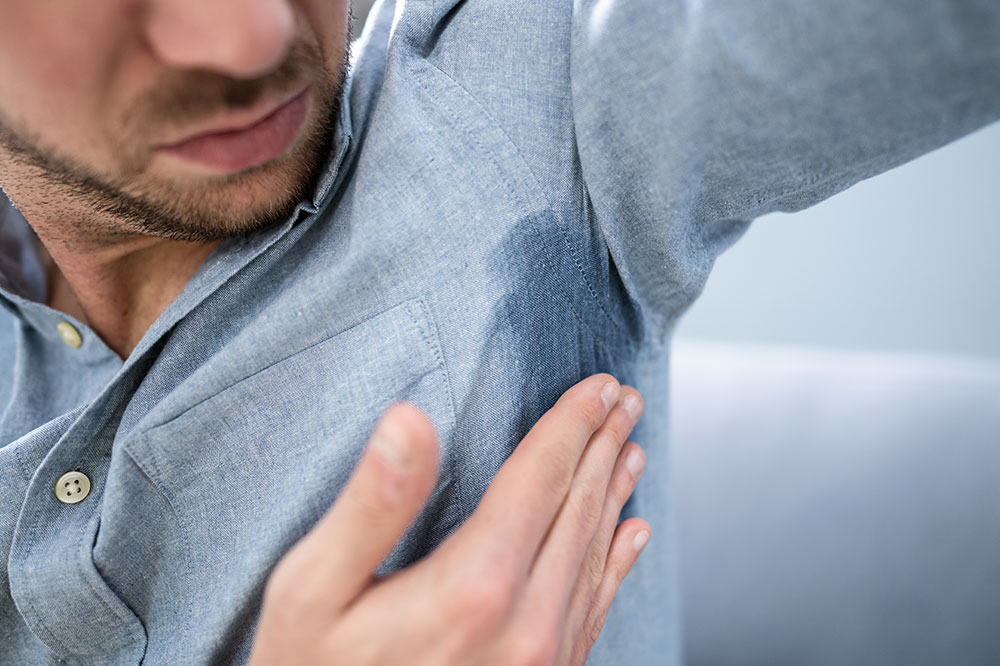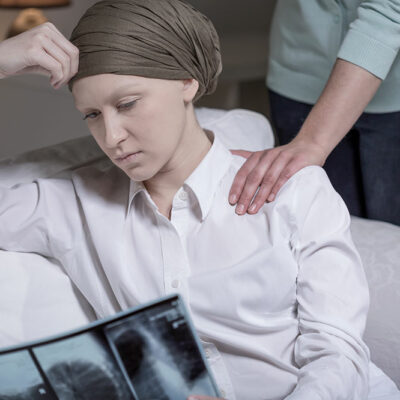
5 Conditions Linked with Hyperhidrosis
Hyperhidrosis is a condition marked by uncontrollable perspiration. People who experience it usually sweat excessively from one or two areas. Their palms may turn sweaty enough for them to be unable to hold an object for a long time. Thus it is essential, in some cases, to identify the underlying condition associated with hyperhidrosis for doctors to treat it.
5 underlying conditions associated with hyperhidrosis
1. Malaria
Malaria is caused by the bite of an infected mosquito. The first two symptoms that appear are chills and fever. While recovering from the fever, the patient may begin to perspire increasingly. One may sweat from the underarms, feet, and palms to an unusual degree, which is why malaria is considered a common underlying condition associated with hyperhidrosis. Chills, fever, and sweating are three symptoms that may occur in recurring attacks. To treat malaria, doctors will recommend prescription medicines, which will also curb sweating.
2. Lymphoma
Lymphoma is a tumor that affects the lymphatic system, which is a crucial part of the germ-fighting mechanism of the body. When people develop this condition, their lymph nodes, thymus gland, spleen, and bone marrow are at risk. Patients may break into a sweat, usually at night. If this occurs along with symptoms like swelling of lymph nodes, constant fatigue, weight loss, and fever, then one should speak to a health care provider.
3. Menopause
People going through menopause endure hot flashes during the day and extreme sweating at night. They may get up in the morning and find their clothes completely soaked in sweat. Menopause is an underlying condition associated with hyperhidrosis, mostly believed so because after the menstrual cycle permanently ends, the estrogen levels of the body drops and throws the hypothalamus off-balance. The sweat glands get activated due to this, which leads to perspiration at night.
4. Generalized Anxiety Disorder (GAD)
While sweating a little when anxious is common, perspiring profusely and without control during an ordinary event may indicate an underlying condition. In psychological disorders like GAD, sweating throughout the day is a common symptom. GAD may trigger emotions like worry, fear, and anxiety, which may lead to chills and hot flashes, causing the body to sweat constantly. This then turns into a state of hyperhidrosis. Treatment of GAD usually includes lifestyle modifications, prescription medicines, and psychotherapy.
5. Infections
Infections like tuberculosis and glandular fever are linked to hyperhidrosis. When the bacteria that causes these diseases attacks the body, the immune system fights back, which induces a fever followed by excess sweating. Illnesses like osteomyelitis, in which the bones get infected, are also underlying conditions associated with hyperhidrosis. Usually, after the body fights the infection and flushes it out of the system, excess sweating also ceases.


